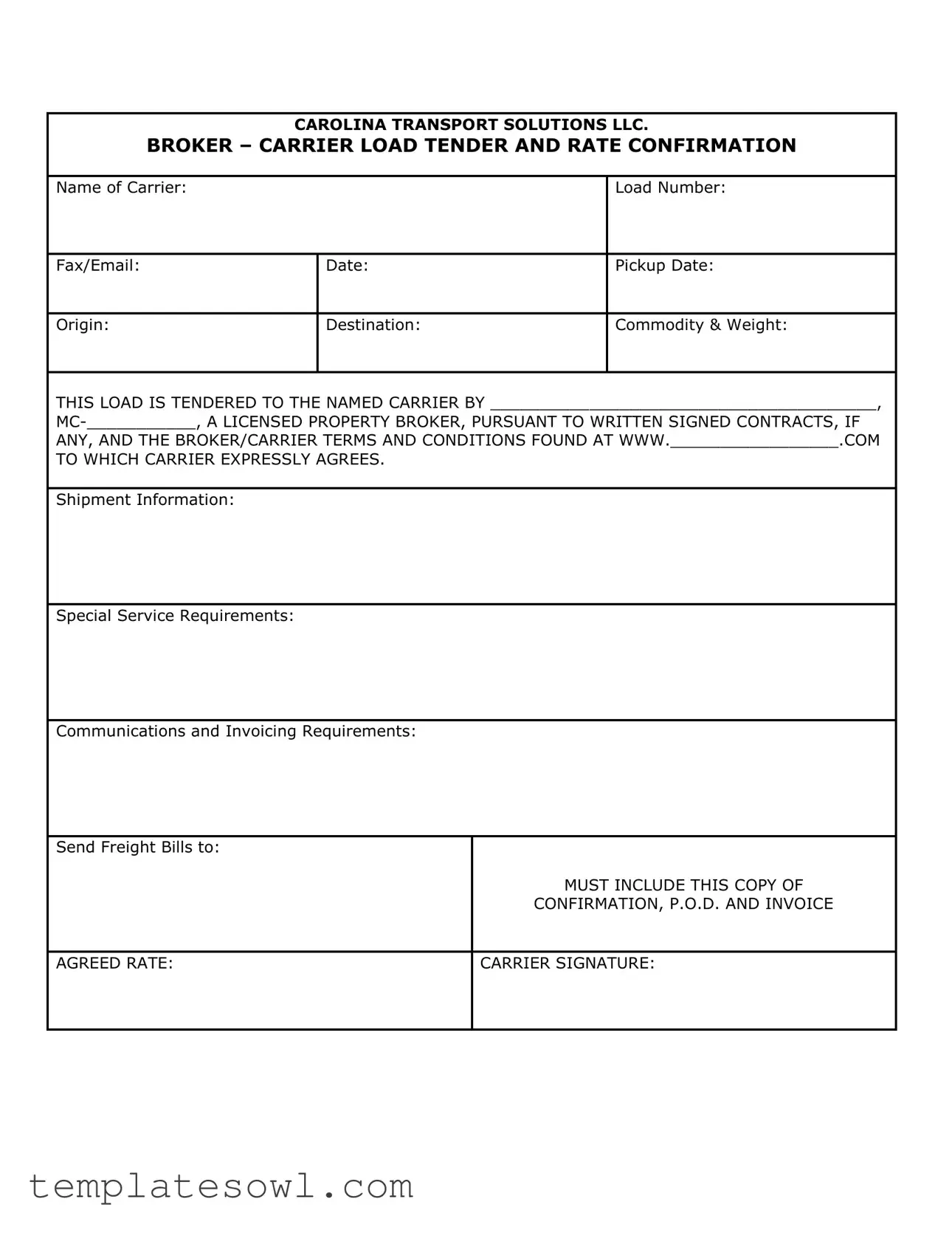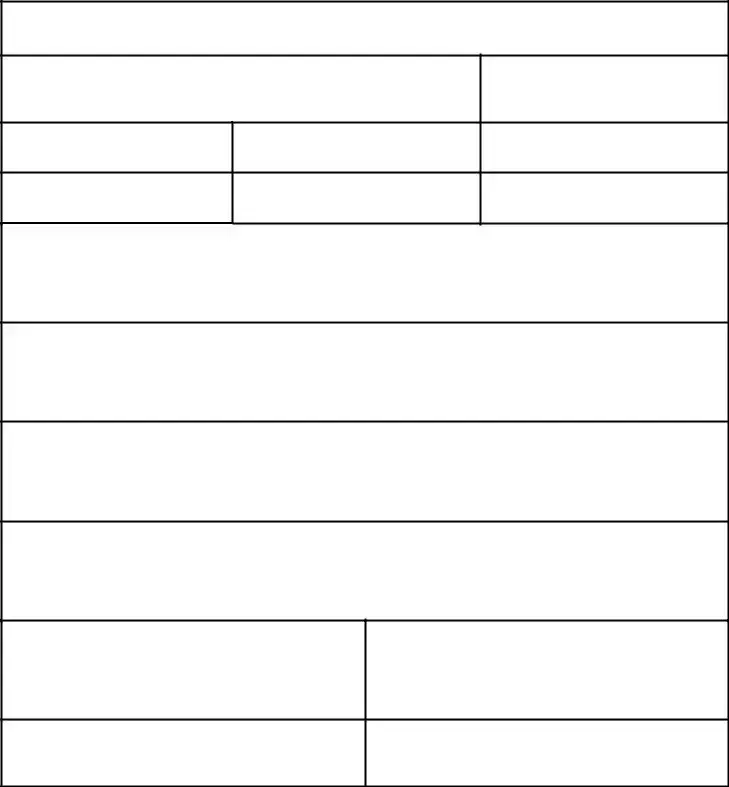What is a Tender Form?
A Tender Form is a document used by brokers to formally offer a load to a carrier. It outlines important shipment details including the load number, pickup and destination locations, and specific requirements for handling the load. Carriers must accept the terms laid out in the Tender Form to carry the shipment.
What information is included in a Tender Form?
The Tender Form typically contains the following details: the name of the carrier, load number, contact information (fax/email), pickup date, origin and destination locations, commodity type and weight, and any special service requirements. It also specifies communications and invoicing requirements, ensuring all parties have a clear understanding of the expectations.
How does a carrier accept a Tender Form?
A carrier accepts a Tender Form by signing it, thereby agreeing to the outlined terms and conditions. By signing, the carrier acknowledges their commitment to transport the goods as specified in the document. It’s important for the carrier to review the form thoroughly prior to acceptance.
Are there any terms and conditions associated with the Tender Form?
Yes, each Tender Form is connected to the broker/carrier terms and conditions, which can typically be found on the broker's website. Carriers should ensure they understand these terms as they form the legal basis for the agreement between the carrier and the broker.
What should carriers do after accepting a Tender Form?
Once a carrier has accepted a Tender Form, they should execute the transportation of the shipment as outlined in the document. This includes fulfilling all special service requirements and following the communications and invoicing procedures. Keeping a copy of the Tender Form for their records is also recommended.
What are the repercussions of not following the Tender Form's requirements?
If a carrier fails to adhere to the requirements in the Tender Form, it may result in penalties or disputes. Such repercussions could include failure to receive payment, negative impacts on reputation, or potential legal actions depending on the severity of non-compliance.
Can changes be made after the Tender Form is signed?
Any changes to the Tender Form after it has been signed should be formally documented and agreed upon by both the broker and the carrier. Both parties should communicate about any alterations to ensure clarity and mutual agreement, preventing misunderstandings regarding the shipment.
How should carriers send their freight bills?
Carriers are required to send their freight bills to the designated email or fax number listed on the Tender Form. It’s crucial to include all relevant documentation, such as the signed confirmation and proof of delivery (P.O.D.), along with any invoices to ensure prompt processing and payment for the services rendered.
What happens if the delivery conditions change?
If the conditions of delivery change, such as the pickup or delivery location, the carrier must inform the broker immediately. Open communication is vital to resolving any issues that may arise, ensuring that both parties can reach a new agreement if necessary to adapt to the changes.

